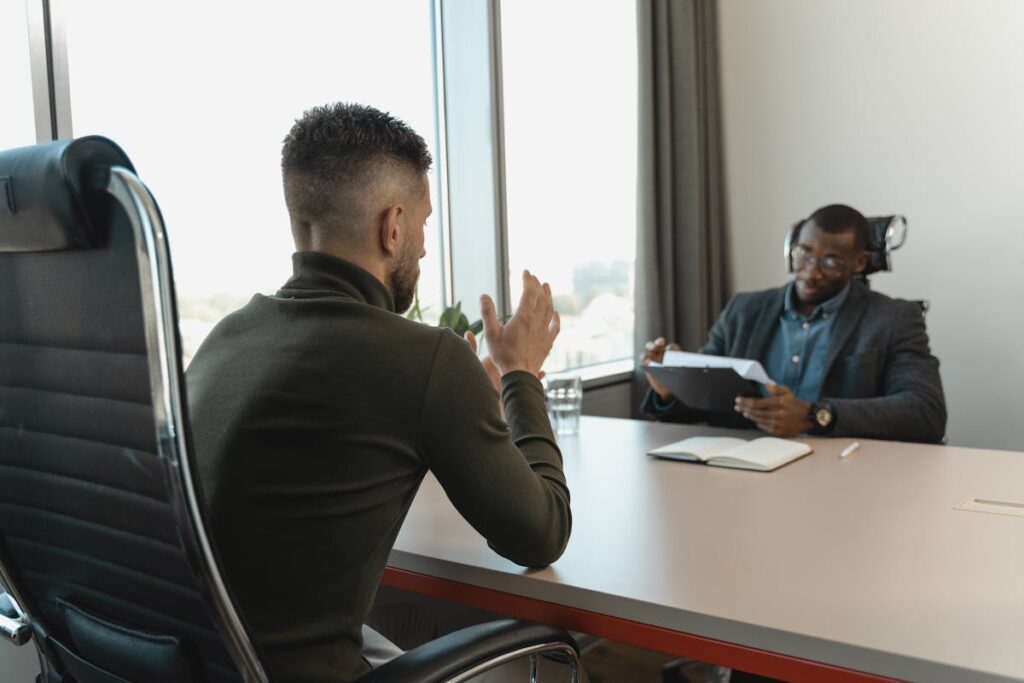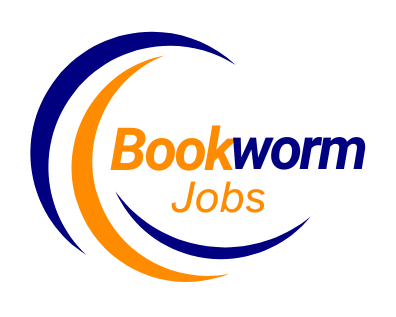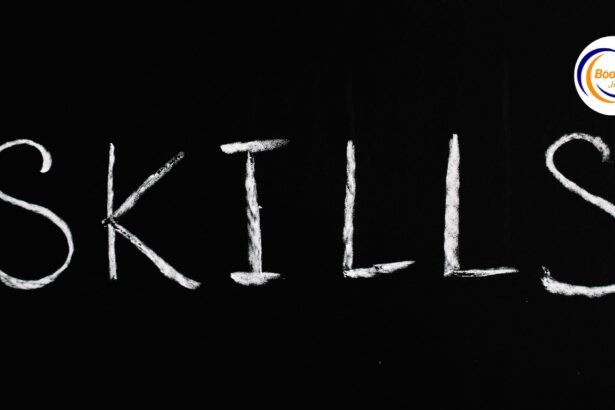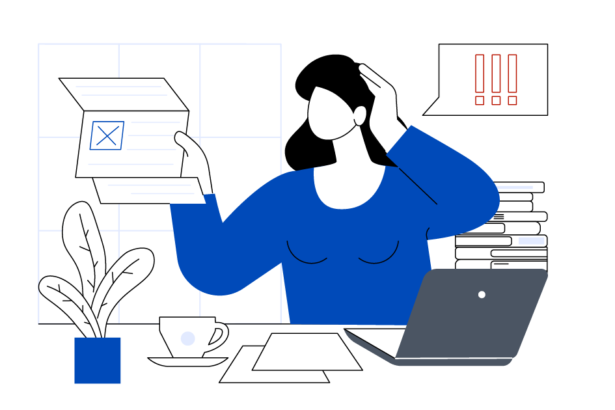Most job seekers don’t know how to write a proper cover letter. They believe a cover letter is just a “here is my resume” note. This is a wasted opportunity!
In this article, you’ll discover the secret to writing a professional cover letter that’s truly effective. It’s not hard to do and will give you a significant edge over the competition. We’ll walk you through the process in a few straightforward steps and provide examples to help you along the way.
What is a cover letter and do you really need one?
A cover letter is a short document (around 300 words) that accompanies your resume. Your cover letter should not simply repeat what your resume says. Instead, it should complement your resume, highlight your personality, and potentially address any weaknesses that could otherwise prevent you from getting an interview.
But do you really need a cover letter in 2024? The short answer is YES.
“Over 80% of hiring managers read a cover letter and 60% of applications require one as part of the application,” says career coach
What’s the biggest cover letter mistake?
The biggest mistake job seekers make when writing their cover letter is to focus only on themselves.
“It’s not about you,” It’s about what you can do for them. Talking to them about what they care about—not about what you want—is what’s going to make them want to read your letter. And to hire you!”
How to write a cover letter
1
Paragraph 1. A single sentence (maximum two) stating the PROBLEM that the company faces. What is the issue/need/opportunity that this role will address?
2
Paragraph 2. What SOLUTION do you offer? How are you the answer to their need? Again, keep it to a sentence or two.
3
Paragraph 3. EXPLANATION: What experience do you have that supports your assertion that you can help? This paragraph can be 3-4 sentences, but keep it short.
4
Paragraph 4. CALL TO ACTION: Suggest next steps. Not “thank you” but let’s plan to discuss this next week.
Since hiring managers often spend less than 20 seconds on an application, your cover letter needs to grab their attention and get them to look at your resume. By highlighting how your experience matches the job, you make it easier for them to see you as a great fit for the role.
Now let’s examine each of these steps in more detail.
How to write a strong cover letter step-by-step
Now that you know the basics of what to include in your cover letter, let’s go through the process from start to finish to see how you can write a cover letter that will make you stand out from the rest of the candidates.

- Do your research
Before writing your cover letter, research the company to understand its current challenges and goals. Visit the company website, read their latest news and press releases, and follow their social media channels.
Don’t skip this step! It’s crucial for writing a cover letter that truly resonates with a potential employer and sets you apart from other candidates.
After you’ve researched the company, carefully read the job description. Ask yourself the following questions:
ASK YOURSELF:
What specific problems or challenges is this role designed to address?
How do my skills and experiences align with the job requirements?
Am I a good fit for the role?
What unique value can I bring to the company in this role?
Are there any keywords or phrases that I should incorporate into my cover letter?
After researching the company and the role, you’re ready to start writing your cover letter.
- Write your opening paragraphs
Many job seekers make the mistake of being too wordy in their cover letters. You’re not writing a novel. Use short words in short sentences. Remember, a hiring manager is going to quickly scan your application, so you need to get right to the point.
Here are some examples of how to start a cover letter:
EXAMPLE #1
Dear [Hiring Manager’s Name],
I’ve noticed that NexGen is working hard to stand out in a crowded digital market, and keeping your brand top-of-mind for customers can be tough.
That’s where I come in—I specialize in creating engaging content and smart SEO strategies that boost online presence and drive customer engagement.
3 :Prove you can do the job
Now you need to provide evidence that you’re the right person for the job. The best way to do this is to highlight your relevant experience and achievements. Here are some things you should focus on:
Specific Accomplishments: Share examples of your successes, such as increasing sales, leading projects, or improving processes.
Relevant Skills: Highlight the skills that match the job requirements, like planning, organizing, technical proficiencies, or specific industry experience.
Problem-Solving: Discuss times when you successfully tackled challenges, such as resolving issues, managing conflicts, or implementing solutions.
Industry Knowledge: Demonstrate your understanding of the field and awareness of current trends and standards.
Team Collaboration: Mention how you’ve effectively worked in teams, mentored others, or collaborated across departments.
Remember to keep it concise. Your letter isn’t meant to tell your whole story; it’s about making a compelling case that you understand the key aspects of the job.

Your goal is to leave the reader eager to learn more about you. Here are some examples:
EXAMPLE #1
“Over the past five years, I’ve led digital marketing campaigns that ramped up organic traffic by 40% and bumped up conversion rates by 25%. I’ve worked with diverse teams to create compelling content that resonates with audiences and used data analytics to refine strategies for maximum impact. My experience with social media management and email marketing also ensures a holistic approach to your digital marketing needs.”
EXAMPLE #2
“With over ten years in apparel design, specializing in activewear and dancewear, I have a proven track record of developing designs that resonate with customers and drive sales. My expertise includes conducting global trend research, selecting inspiring materials, and leading teams to transform creative concepts into market-ready products. I am proficient in Adobe Creative Suite and have experience with CLO3D, ensuring that my designs are both innovative and technically sound. My leadership skills have been honed by mentoring junior designers and managing cross-functional teams, fostering a collaborative and efficient design process.”
- Conclude with a call to action
When wrapping up your cover letter, it’s crucial to include a strong call to action in your closing paragraph. This isn’t just about expressing gratitude—it’s about setting the stage for the next steps in the hiring process.
Instead of a simple “thank you,” aim to propose a specific plan, such as scheduling a meeting or a call to discuss how you can contribute to the company.
Here are some examples of how to end a cover letter:
EXAMPLE #1
“Let’s discuss how I can help NexGen Creative Agency achieve its sales goals next week. Please let me know your availability for a meeting.”
EXAMPLE #2
“How about we chat next week about how I can help Weissman shine even brighter? Let me know when you’re free.”
EXAMPLE #3
“Let’s plan to discuss how my self-motivation and sales-oriented mindset can boost product visibility for Timmons Company next week. Please let me know your availability for a meeting.”
With these tips, you are good to go.




